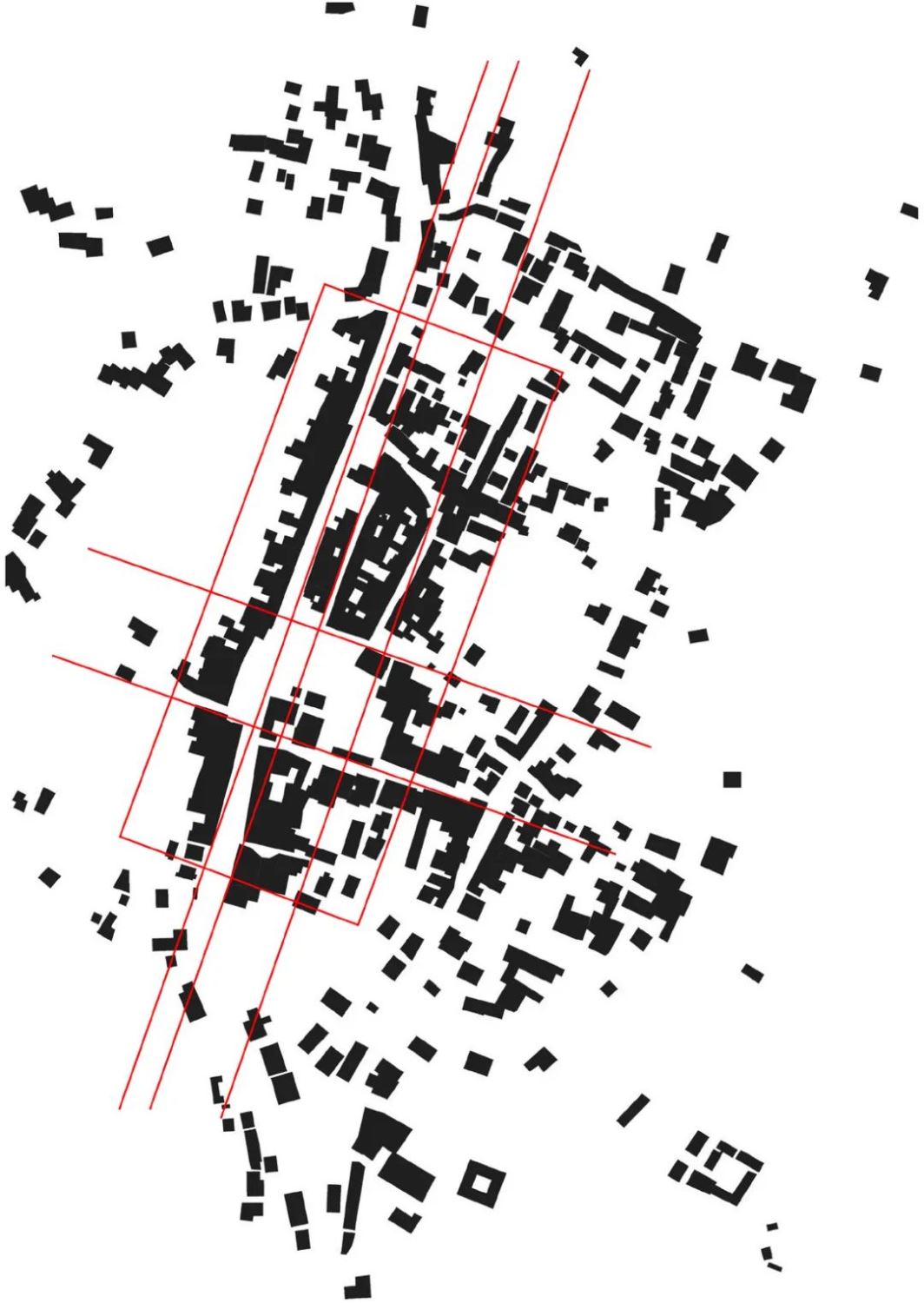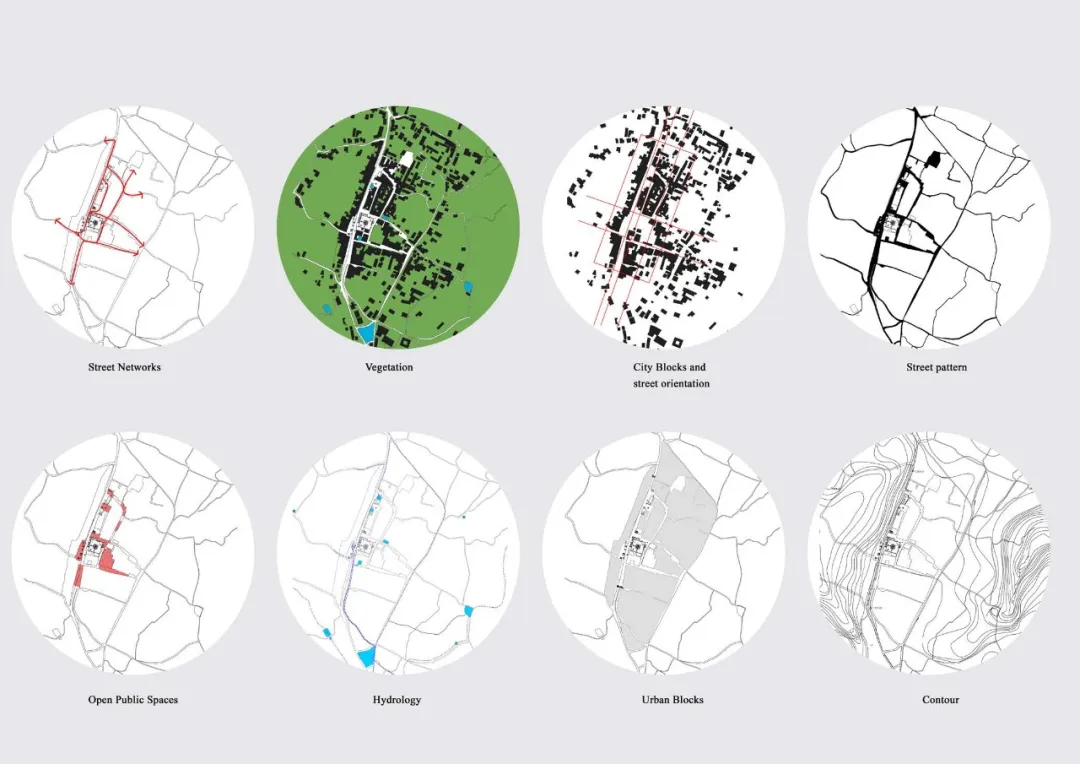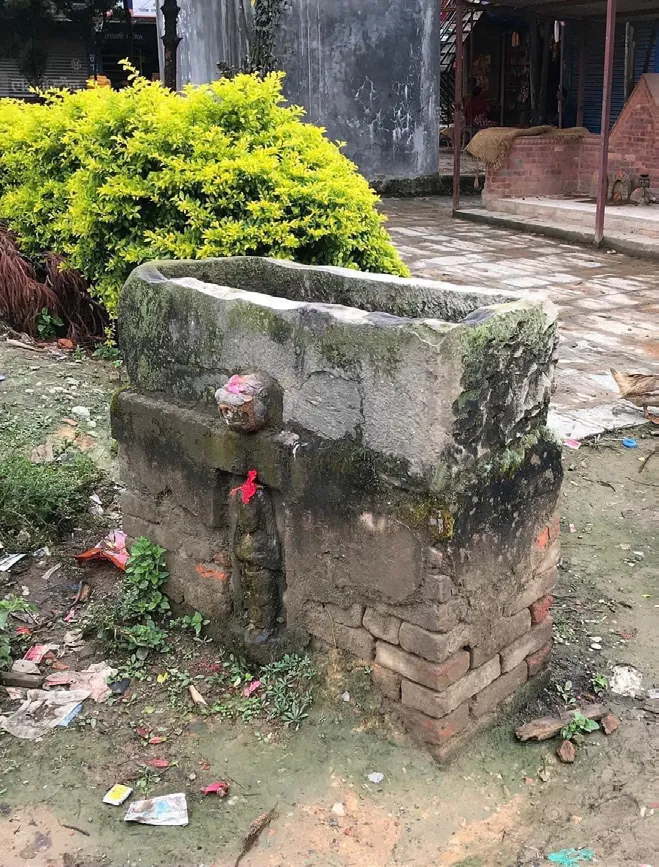Author:
Padma Sundar MAHARJAN, Principal Architect (RICH Architectures company), Conservation architect (Kathmandu Valley Heritage Trust, KVHT), ICOMOS Nepal, ICOM Nepal, Society of Nepalese Architects, Nepal
Introduction: Architecture is one of the most advanced forms of culture in human civilization. The two inseparable subjects of architecture and culture have played a vital role in every person’s life. This article reflects a presentation made for the “ Global and Local Heritage Conservation and Urban Regeneration” forum at the College of Architecture and Urban Planning, Tongji University in China, in June 2024. The presentation, “Journey to Cultural Consciousness through Architectural Experiences in two decades,” is about my collective experiences in art, architecture, and culture. The presentation was mainly about eight topics to discuss the topic of heritage conservation and urban regeneration. The proceedings of the forum here list the presented topics on my understanding of cultural appreciation through the perspective of material culture, architectural expression, and contextual activities from my hometown Sunāguthi, a historic settlement in Lalitpur, Nepal as an exemplary historic town.

Streets as regulating lines in planning historic towns
.jpeg)
27 Monuments recorded along a street in 800 meters, red marks denote the width of proposed road widening threat to the heritages.
.jpeg)
A young boy holding burning straw to throw the demons away from the city.

Cultural mappings of various aspects from Sunāguthi
.jpeg) Water heritage is the most ancient heritage of mankind showcasing many hidden cultural, historical and archaeological layers.
Water heritage is the most ancient heritage of mankind showcasing many hidden cultural, historical and archaeological layers..jpeg)
Cultural performances by the Devagaṇa from Thecva at Kvaylāchi, Sunāguthi.
.jpeg)
Different traditional materials of building sustainable architecture
.jpeg)
.jpeg)
Learning about tools and building crafts

.jpeg)
.jpeg)
Jaḥrũhiti in Newari (from Sanskrit Jaladroṇī) - The spigot fountains built for a meritorious act availing drinking water to any passerby using small covered reservoirs. before and after reconstruction, Cibāhāḥ, Sunāguthi.




 loading......
loading......